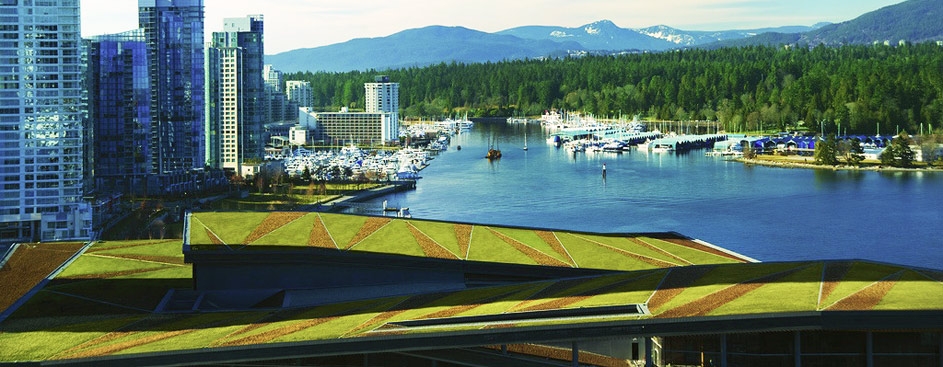The purpose of the Long Range Development Plan is to create the first fully sustainable, zero-net-energy, zero-waste and zero-net-emissions campus in America by the year 2020. The first University of California campus to be built in 40 years, UC Merced has already set a precedent in that all its structures meet a LEED Gold minimum requirement; this being the second highest certification on the scale of five levels. LEED, short for Leadership in Energy and Environmental Design, is a certification point based system checked by a third party that sets a high performance green standard for operation and building constructions.
“Our intention is to create a living laboratory regarding sustainable planning, design, construction and operations,” says Campus Architect, Thomas E. Lollini. “What was for so long viewed as a background movement within the design profession, overshadowed by the architectural “eye-candy” that so often distracts the public vision of the value of architecture, is now infusing everything we do and talk about.”
The buildings are able to generate 60% of their highest electricity needs via an onsite photovoltaic solar farm. Compared to similar projects the campus buildings also use 50% less energy and 40% less water. Mr. Lollini is at the forefront of a 21st century building plan creating a campus that will generate as much energy as it consumes under the same allotted budget that every UC campus is given.
“With UC Merced coming into being at the dawn of a new century,” Lollini says, “when the environmental consequences of man’s behaviour are increasingly important areas of research and learning, the focus on becoming a model of sustainable design is a natural progression.”
Now with $150 million worth of construction underway, UC Merced is looking forward to achieving a LEED Platinum rating, the highest accreditation of its kind, in their future developments including a new Science and Engineering Building, housing for up to 500 students, recreation center expansion and a Student Services Building. Without a doubt this is the campus of the future and hopefully UC Merced are setting the precedent for exciting things to come.

















